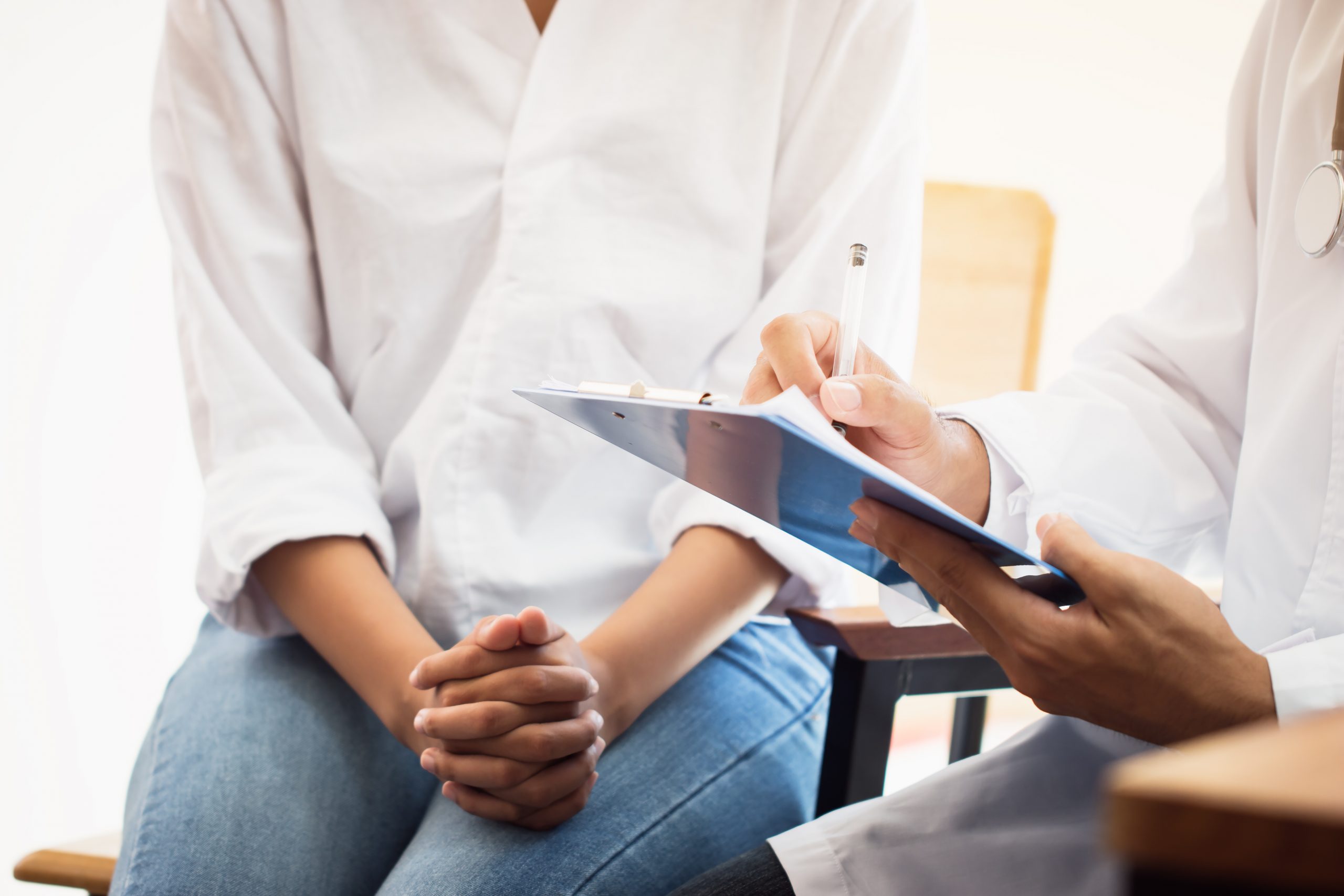 Kernodle Clinic - A DukeMedicine PRACTICE
Kernodle Clinic - A DukeMedicine PRACTICE
- Burlington 336-538-1234
- Mebane 919-563-2500
- Elon Family 336-538-2314
- Elon Pediatrics 336-538-2416
How to Know if You Have Endometriosis

While endometriosis can occur in any woman during her reproductive years, it’s generally more common in women in their 30s and 40s. While the cause of endometriosis is not conclusive, genetics, giving birth for the first time after the age of 30, and abnormalities within the uterus may increase the risk of developing the condition.
What is Endometriosis?
Endometriosis is a disorder in which tissue grows outside of your uterus. This tissue is similar to the tissue that normally lines the inside of your uterus, known as the endometrium. Endometriosis most commonly affects the ovaries, fallopian tubes, and the tissue lining of the pelvis.
When a woman has endometriosis, the endometrial-like tissue functions just like the endometrial tissue does. It thickens, breaks down, and bleeds with each menstrual cycle. However, unlike the actual endometrial tissue, the endometrial-like tissue is unable to leave the body and becomes trapped, resulting in pain and possible fertility problems.
Symptoms of Endometriosis
The primary symptom of endometriosis is pelvic pain, usually associated with menstrual periods. In some cases, the pain may get worse over time. In addition to painful periods, other common symptoms include:
- Pain with intercourse
- Irregular bleeding
- Excessive menstrual cramps
- Pain with bowel movements or urination
- Excessive bleeding
- Low back pain
- Mood changes due to pain
- Infertility
It’s important to keep in mind that each woman may have a different experience when it comes to endometriosis-related symptoms. While pain is common, some women may not experience any symptoms at all.
Symptoms may also be dependent on the stage of endometriosis. According to the American Society of Reproductive Medicine, endometriosis is categorized into four stages including minimal, mild, moderate, and severe. These stages are characterized by the spread of the endometrium-like tissue, how involved other pelvic structures are with the disorder, the number of pelvic adhesions, and blockages within the fallopian tubes.
Diagnosing Endometriosis
In order to fully diagnose endometriosis, you should schedule an appointment with your healthcare professional. The process of diagnosing endometriosis can be difficult at first. Most early, non-invasive depend on the presence of cysts in order to make a diagnosis. Pelvic exams and ultrasounds are examples of non-invasive tests. If a diagnosis cannot be made through these forms of testing, other tests such as MRIs or laparoscopy may become necessary.
Treating Endometriosis
There is currently no known cure for endometriosis, but there are options available to help manage the condition. Pain medications, hormone therapy, and surgeries are all options to help with endometriosis symptoms. If a woman with endometriosis is hoping to conceive and is dealing with fertility issues, there special fertility treatments that may be able to help.
Consult an OB/GYN
If you need more information about endometriosis, or if you’re suffering from symptoms similar to endometriosis, consult a provider at Kernodle OB/GYN. The physicians, nurses, and medical staff at our NC practice offer a comprehensive list of gynecological and obstetric services to the women in Burlington and Mebane, NC. Call us at (336) 538-2367 to make an appointment.
